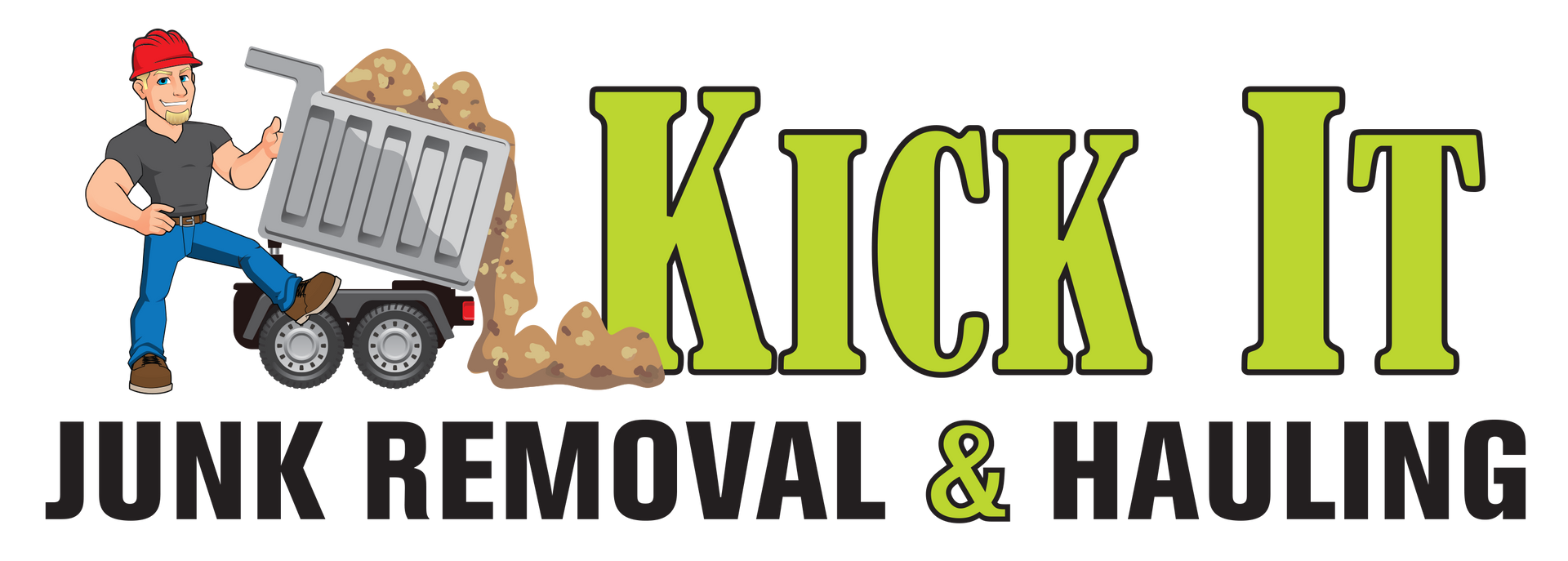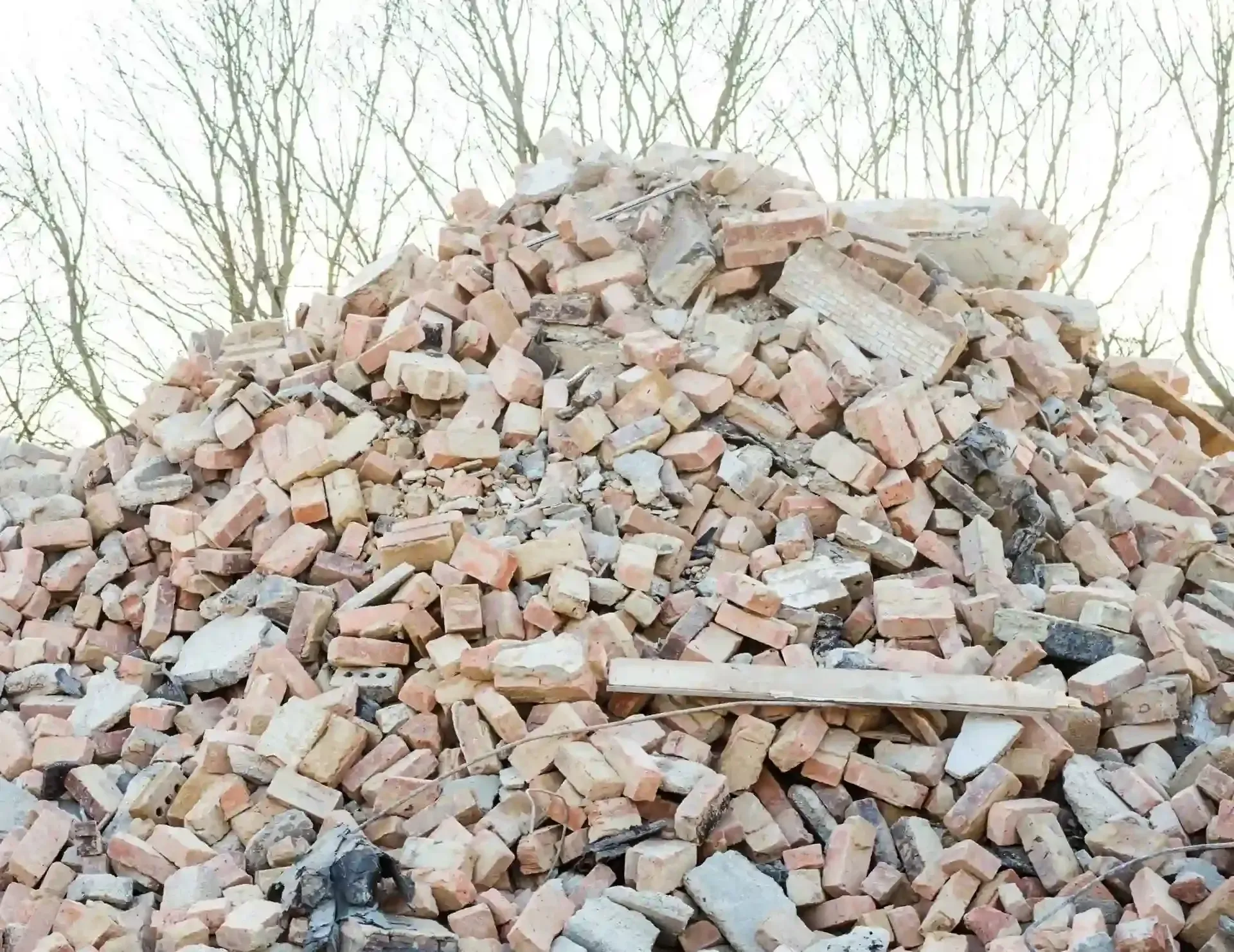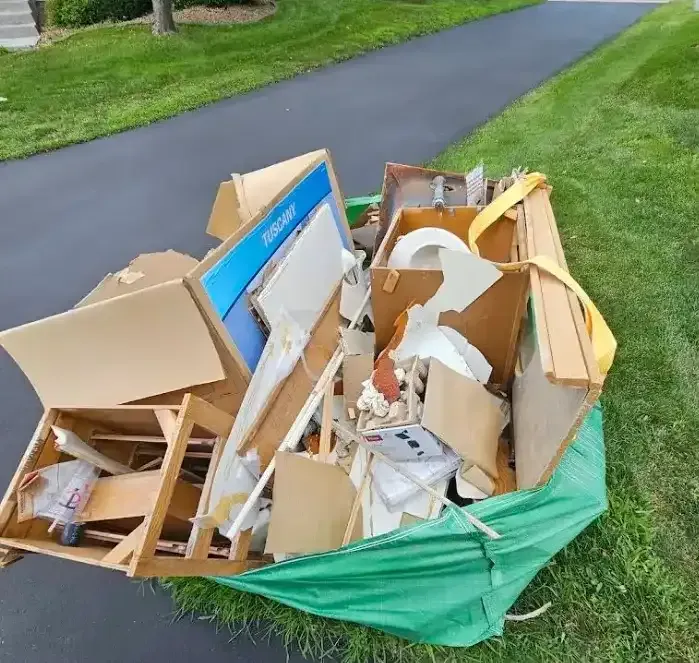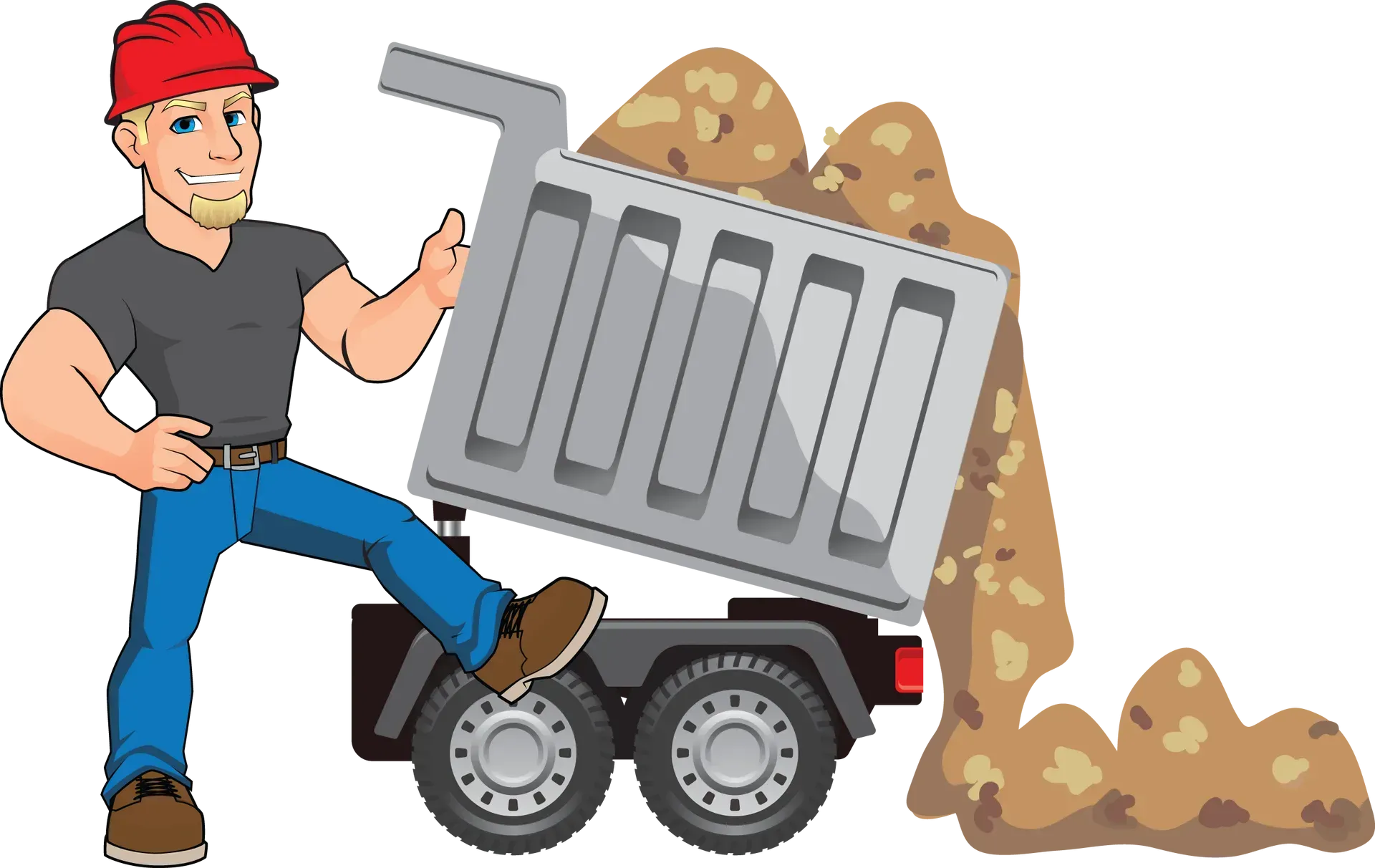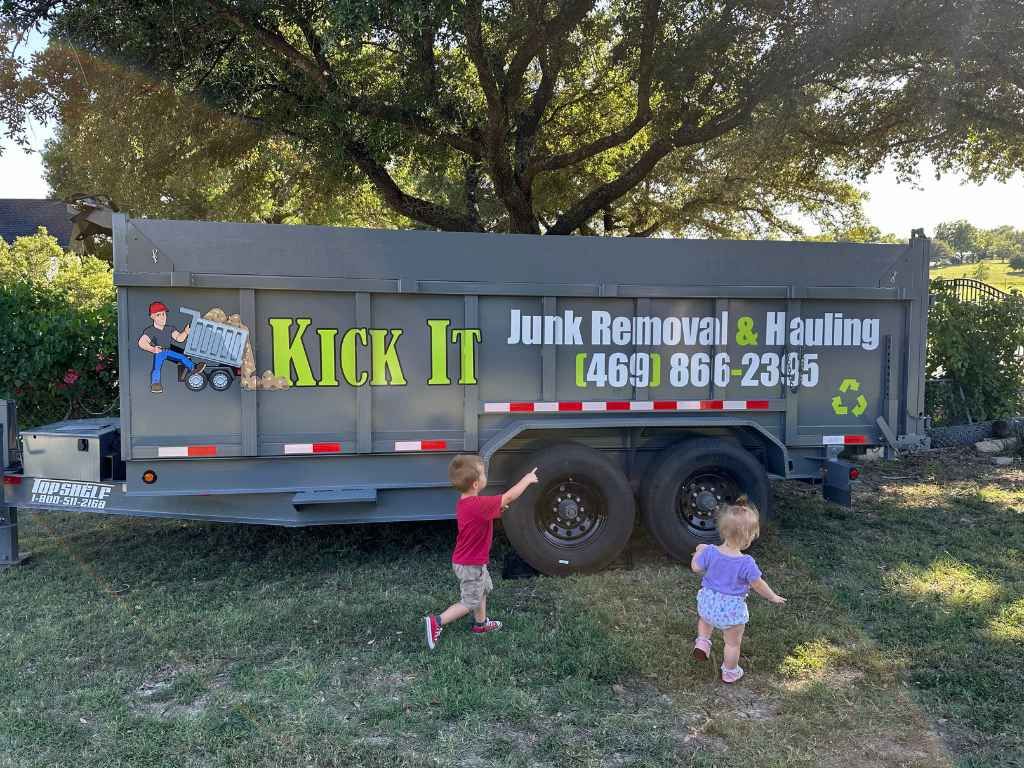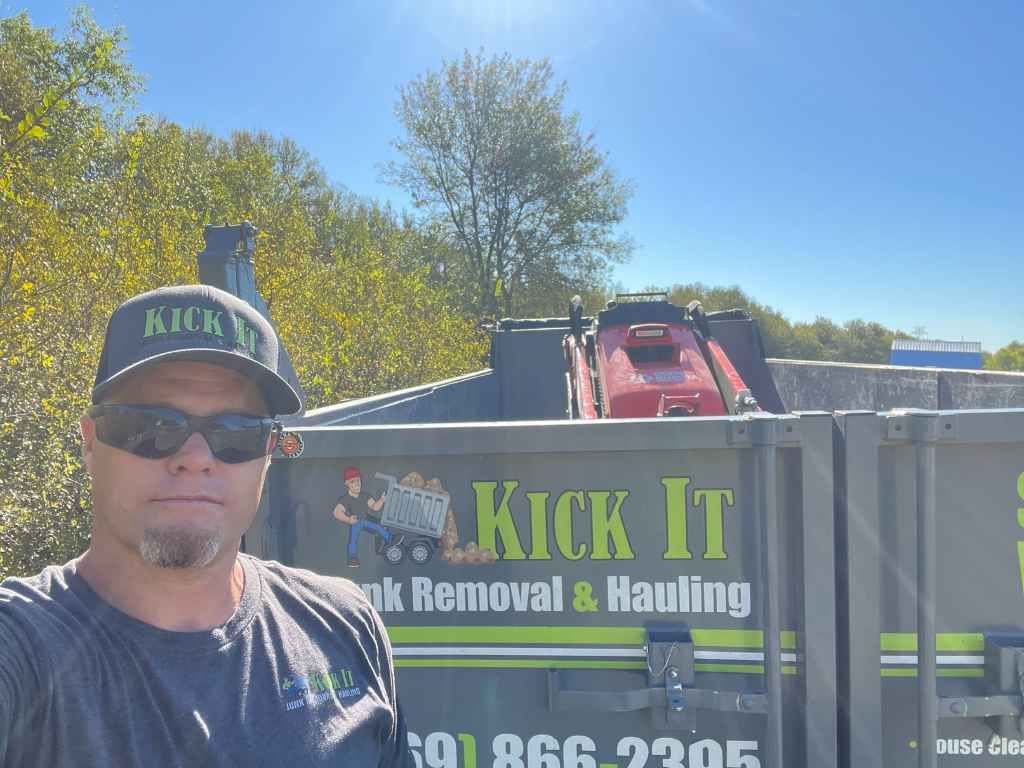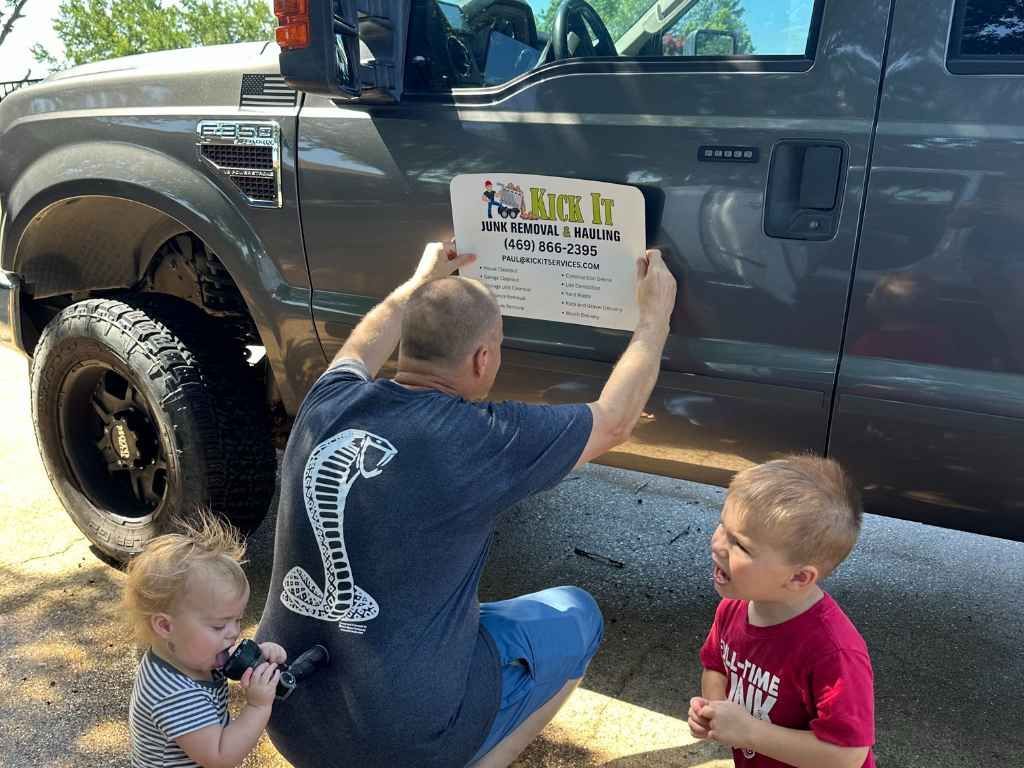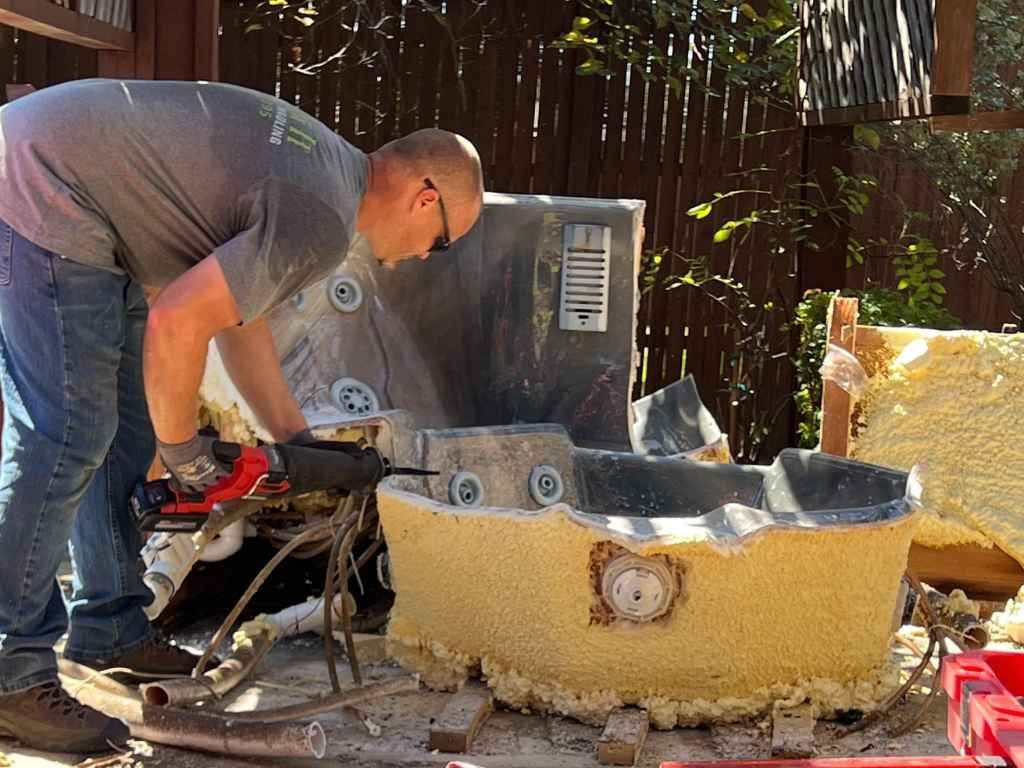How to Prepare for a Foreclosure Cleanout
Dealing with a foreclosure property can be a complex and emotional task, especially when it comes time for a cleanout. Whether you’re a property owner trying to reclaim your home, a real estate investor looking to flip the property, or a property management company tasked with restoring a foreclosed home, preparing for a foreclosure cleanout can feel overwhelming. But with a strategic approach and the right resources, you can tackle the cleanout efficiently and effectively.
In this guide, we’ll walk you through the essential steps for preparing for a foreclosure cleanout. These steps are designed to help you ensure that the process is completed smoothly, legally, and with minimal stress. From assessing the property to making decisions about professional help, here's everything you need to know.
Assess the Property
The first step in preparing for a foreclosure cleanout is to conduct a thorough property assessment. You need to get a clear picture of the property's condition, including what items are still inside, what needs to be removed, and any potential hazards that might complicate the cleanout.
Walk through every area of the house, including the basement, attic, garage, and yard. These spaces can often house items that have been left behind or forgotten, such as old appliances, furniture, boxes of belongings, and even trash. Take detailed notes or photographs of any items that need to be removed or cleaned, so you have a clear understanding of the scope of the cleanout.
This assessment should also include a check for structural damage, pests, or other hazards that may need to be addressed before beginning the cleanout process. For example, if the property has mold or mildew issues, these will need to be professionally treated before any cleaning or junk removal can begin. Once you’ve assessed the situation, you can move forward with a more detailed plan.
Identify Valuable Items
As you inspect the property, make a list of any items of potential value. Foreclosure properties can sometimes contain valuable personal belongings that might be worth keeping, selling, or donating. These items could include furniture, electronics, artwork, jewelry, or antiques.
However, be mindful that these items likely still belong to the previous homeowners, and you will need to follow the appropriate legal process before taking anything. In many cases, these items may be subject to lien or property law, meaning you cannot simply take or dispose of them without the proper legal authorization. Always check with a lawyer or real estate professional to ensure you’re adhering to the correct legal procedures.
For items that you are allowed to claim or sell, there are various options for recouping some of your costs. You can consider hosting an estate sale, listing items on local selling platforms, or contacting a professional appraiser if you suspect that some of the items have significant value.
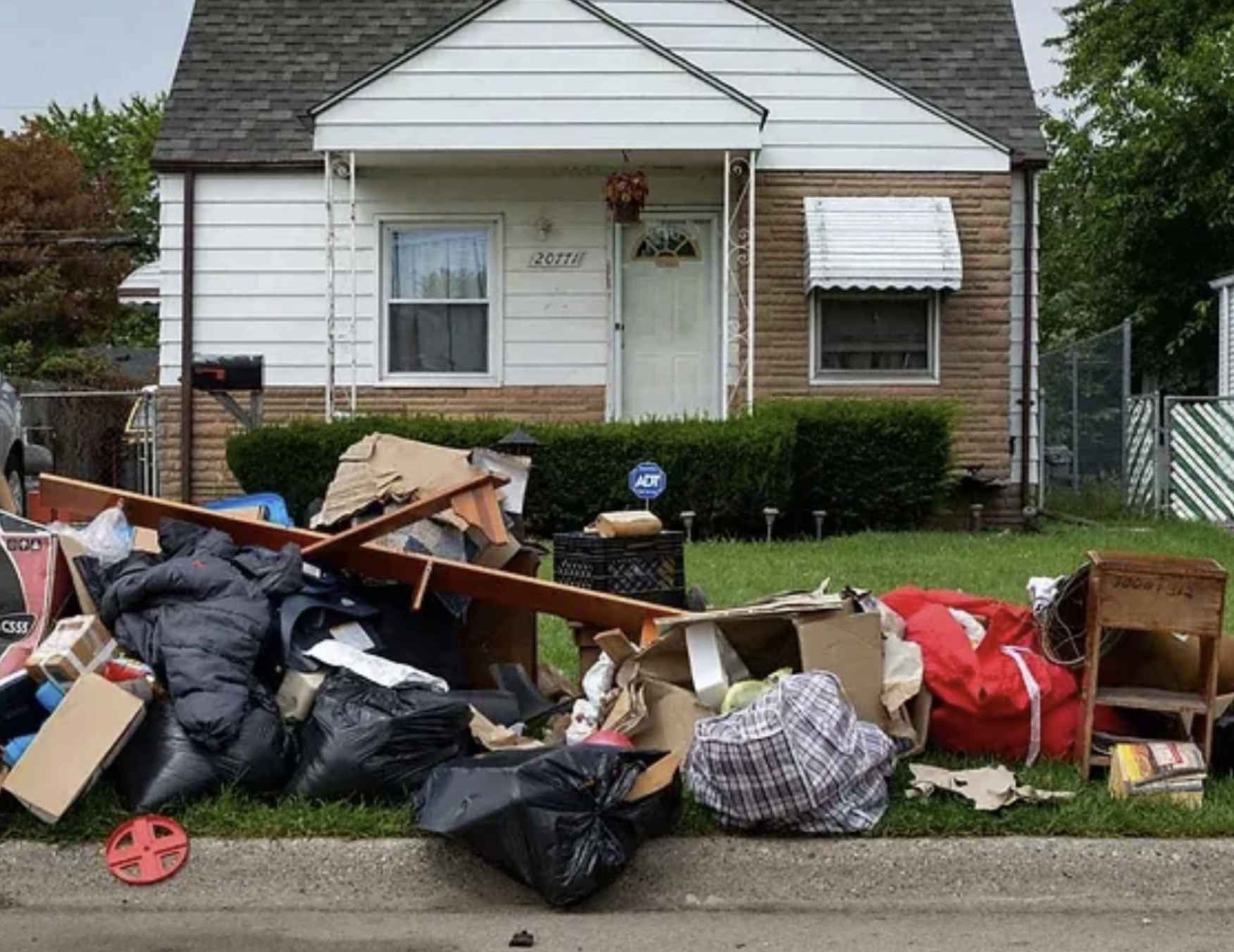
Separate Personal Documents
One of the most crucial tasks during a foreclosure cleanout is to handle personal documents left behind. You’ll want to be diligent about searching for any paperwork that could contain sensitive information. Personal documents, such as tax records, financial statements, medical files, and identification cards, should never be discarded without proper care.
Shred or securely dispose of any documents containing personal details that could lead to identity theft if they fall into the wrong hands. You might also come across other legal or financial documents related to the foreclosure process itself, which should be handled with care. In some cases, you may need to return specific documents to the relevant authorities or institutions. Always exercise caution when dealing with personal and confidential information to ensure compliance with privacy laws.
Dispose of Unwanted Items
Once you’ve completed your assessment and identified valuable items, the next step is to begin removing unwanted belongings. This is often the most labor-intensive part of the cleanout process, as it requires sorting through everything left behind and deciding what to keep, donate, sell, or dispose of.
The best approach is to create different categories for the items you find. Some may be donated, while others may be sold, recycled, or simply discarded. Here’s a more in-depth look at each option:
- Donation: Many items that are still in good condition, such as clothing, furniture, and electronics, can be donated to charities. Donating to local shelters or organizations helps reduce waste and gives these items a second life.
- Selling: If you find valuable items that are in good condition, you may want to sell them. Popular online platforms like eBay, Facebook Marketplace, Craigslist, or local consignment shops can be a good place to start.
- Junk Removal: For items that cannot be donated, sold, or recycled, junk removal services can help remove them from the property quickly and efficiently. Junk removal professionals are experienced in clearing out homes and know how to handle large or difficult-to-remove items like appliances, furniture, and other household goods.
Hiring a professional junk removal service can make the entire process easier, especially if you’re dealing with large amounts of debris or items that require special disposal.
Understand Legal Obligations
The foreclosure cleanout process is not just about removing belongings; it’s also important to understand your legal obligations. Local laws and regulations may dictate how you should proceed when cleaning out a foreclosure property. For instance, you may be required to provide written notice to the previous homeowner or occupant before removing any items.
You also need to be mindful of state or federal laws that govern property and personal belongings. In some cases, you may be required to store items for a certain period before disposing of them. If you’re unsure about the legal procedures, it’s wise to consult with a legal professional who is familiar with foreclosure and property laws in your area.
In some instances, you may also need to contact the appropriate authorities to handle items that could pose a health or safety risk, such as hazardous chemicals, propane tanks, or biohazardous waste.
Deal with Hazardous Materials
When dealing with foreclosures, you may encounter hazardous materials. Foreclosed properties can sometimes suffer from neglect or weather damage, which can lead to mold, mildew, or the presence of dangerous substances such as asbestos, lead paint, or chemical contaminants.
If you suspect that hazardous materials are present, it’s important to have the property inspected by professionals who specialize in identifying and removing these substances.
Dealing with hazardous materials requires specialized knowledge and equipment to ensure that they are removed safely and in compliance with environmental regulations.
For hazardous items like old paints, pesticides, cleaning chemicals, and solvents, be sure to dispose of them properly according to local regulations. Many communities have designated hazardous waste collection days or disposal centers where you can drop off these materials safely.
Clean and Sanitize the Property
Once all unwanted items have been removed from the property, the next step is to clean and sanitize the space. The goal is to restore the property to a condition that’s livable or marketable. Begin by cleaning all surfaces, including floors, walls, windows, and countertops. Dust and debris may have accumulated over time, and a deep cleaning will ensure that the space looks fresh and appealing.
If the property has been unoccupied for a long period, you might also need to address odor issues, such as musty smells from moisture or cigarette smoke. Depending on the severity of the odors, you may need to hire a professional cleaning service that specializes in odor removal.
In addition to cleaning, consider sanitizing areas that may have been exposed to mold, pests, or other contaminants. Mold can be a serious health hazard, and it’s crucial to use proper cleaning agents and techniques to prevent its growth from spreading.
Repair and Renovate
After the cleaning process is complete, you may need to tackle some repairs or renovations. Foreclosed properties are often left in a state of disrepair, so it’s important to assess the extent of any damage. Common issues in foreclosures include broken windows, leaky roofs, plumbing problems, and flooring damage.
Start by prioritizing repairs that affect the structure of the property or the safety of its future occupants.
Once the necessary repairs have been made, consider cosmetic updates such as painting walls, replacing damaged flooring, and updating fixtures. These small improvements can go a long way in increasing the property’s value.
If you're preparing the home for resale, focus on upgrades that will have the highest return on investment. Consider updating the kitchen, bathrooms, or curb appeal, as these are typically the areas that buyers pay the most attention to.
Hiring Professional Help
While it’s possible to manage a foreclosure cleanout yourself, many people find it more efficient and cost-effective to hire professionals to assist with the process. Professional junk removal services, cleaning crews, and contractors can help save time, reduce stress, and ensure that the property is cleaned and repaired to a high standard.
Conclusion
A foreclosure cleanout can seem like a daunting task, but with careful planning and the right approach, you can turn a neglected property into a valuable asset. From assessing the property and dealing with legal obligations to handling hazardous materials and cleaning the space, each step of the process plays a crucial role in preparing the property for its next phase.
If you find yourself overwhelmed by the sheer scale of the cleanout, don’t hesitate to seek professional help. Experts can help you tackle the job quickly, efficiently, and with minimal stress, allowing you to focus on what comes next.
Business name: Kick It Junk Removal & Hauling
Location: 14339 Stanley Lane, Forney, Texas 75126, United States
Phone: 469-866-2395
Email: Paul@kickitservices.com
